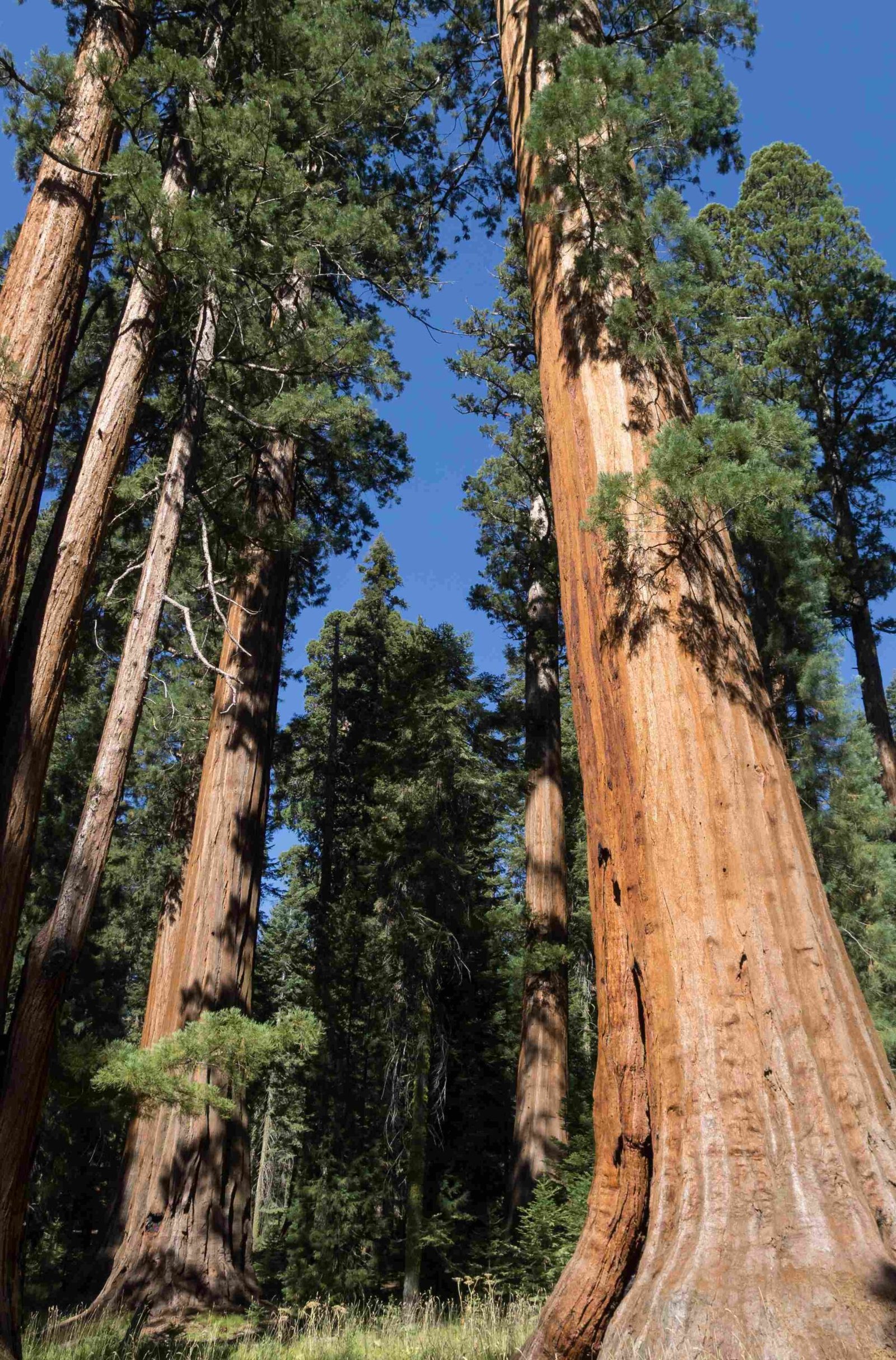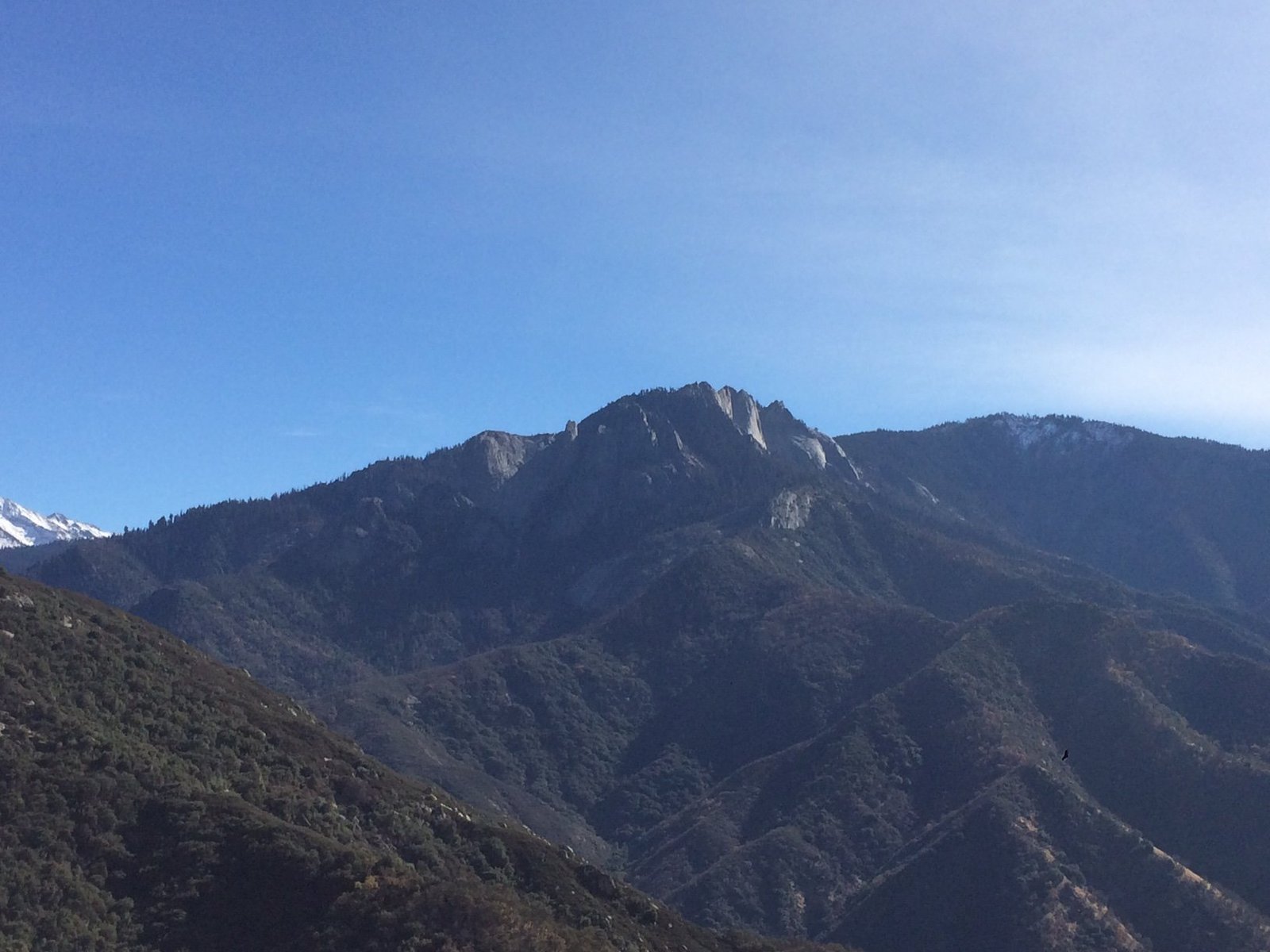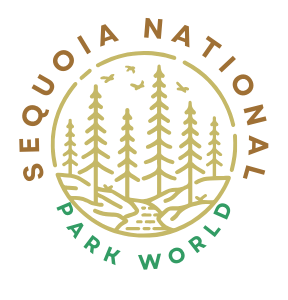Sequoia National Park offers exceptional backcountry skiing opportunities with its vast wilderness, stunning landscapes, and challenging terrain. From the iconic Sierra High Route to the secluded Pear Lake Winter Hut, skiers can explore pristine snow-covered landscapes while experiencing the park’s unique beauty. This guide provides essential information on popular routes, safety tips, and permit requirements for backcountry skiing in Sequoia National Park.
What Are the Popular Backcountry Skiing Routes in Sequoia National Park?

Sequoia National Park boasts several renowned backcountry skiing routes that cater to experienced skiers seeking adventure in the Sierra Nevada. Here are some of the most popular options:
Sierra High Route Ski Tour
The Sierra High Route is a classic ski tour that spans from the Eastern Sierra to Sequoia National Park. This challenging route offers:
- Duration: 6-7 days
- Starting point: Shepard’s Pass
- Ending point: Wolverton
- Key areas covered:
- Tyndall Plateau
- Milestone Basin
- Great Western Divide
- Tablelands
Requirements:
– Previous multi-day backcountry skiing experience
– Ability to ski black diamond runs up to 40 degrees
– Capability to handle double black diamonds in good conditions
Evolution Loop Ski Tour
While not entirely within Sequoia National Park, the Evolution Loop is a nearby High Sierra tour that offers a spectacular backcountry skiing experience:
- Duration: 5 days
- Starting point: Lake Sabrina
- Key features:
- Crossing over Echo Col
- Visit to Muir Hut
- Potential ski ascents of peaks like Mt. Goddard
Requirements:
– Experience with multi-day backcountry skiing on steep terrain
Pear Lake Winter Hut Access
This route provides access to the popular Pear Lake Winter Hut:
- Distance: 6 miles
- Elevation gain: 2,000 feet
- Starting point: Wolverton Meadow
- Ending point: Pear Lake Winter Hut (9,200 feet)
Difficulty level: Advanced
Recommended for: Experienced backcountry skiers and snowshoers
How Can I Check Current Snow Conditions in Sequoia National Park?

Staying informed about current snow conditions is crucial for a safe and enjoyable backcountry skiing experience. Here’s how you can get up-to-date information:
- Call the park’s information line: (559) 565-3341
- Visit the National Park Service website for Sequoia and Kings Canyon National Parks
- Check local weather forecasts and snow reports
Remember that snow conditions can change rapidly, so it’s essential to gather the most recent information before your trip.
What Are the Essential Backcountry Skiing Safety Tips?
Safety should be your top priority when backcountry skiing in Sequoia National Park. Follow these essential tips to ensure a safe experience:
Gear and Equipment
- Ensure all equipment is in excellent condition
- Carry proper avalanche safety gear:
- Avalanche beacon
- Probe
- Shovel
- Pack survival equipment:
- First aid kit
- Emergency shelter
- Extra food and water
Navigation and Planning
- Download maps ahead of time
- Use reflective markers on trees to follow popular paths
- Plan your route carefully and inform someone of your itinerary
- Be prepared for emergencies and sudden weather changes
- Consider the safety of the least experienced person in your group
Avalanche Awareness
- Take an avalanche safety course before your trip
- Check avalanche forecasts regularly
- Practice proper avalanche techniques
- Avoid high-risk areas during dangerous conditions
What Are the Requirements for Obtaining Ski Permits in Sequoia National Park?
To ensure a legal and responsible backcountry skiing experience, you’ll need to obtain the necessary permits:
Wilderness Permits
- Required for all overnight trips away from designated campgrounds
- Free of charge
- Can be obtained at the Giant Forest Museum at any time
Pear Lake Winter Hut Reservations
- Required for staying at the Pear Lake Winter Hut
- Reservations open in November
- Available from mid-December to April (weather permitting)
- Cost: $75 per night per bed, plus a $3 processing fee
- Book through the Sequoia Parks Conservancy
Seasonal Considerations
- Check road conditions before your trip, especially for the Generals Highway between Grant Grove and Lodgepole
- Be aware of specific opening and closing dates for backcountry facilities based on snow and weather conditions
How Can I Prepare for a Backcountry Skiing Trip in Sequoia National Park?
Proper preparation is key to a successful backcountry skiing adventure in Sequoia National Park. Follow these steps to ensure you’re ready:
- Physical conditioning:
- Build endurance through cardio exercises
- Strengthen leg muscles with targeted workouts
-
Practice skiing techniques on easier terrain
-
Gear checklist:
- Skis and bindings suitable for backcountry use
- Climbing skins
- Avalanche safety gear (beacon, probe, shovel)
- Navigation tools (map, compass, GPS)
- Emergency shelter and first aid kit
-
Appropriate clothing layers
-
Skills development:
- Take an avalanche safety course
- Practice navigation skills
-
Learn basic wilderness first aid
-
Trip planning:
- Research your chosen route thoroughly
- Check weather forecasts and snow conditions
- Obtain necessary permits and reservations
- Plan for contingencies and emergency scenarios
By following these preparation steps, you’ll be better equipped to handle the challenges of backcountry skiing in Sequoia National Park.
Backcountry skiing in Sequoia National Park offers a unique and exhilarating experience for adventurous skiers. With proper planning, preparation, and respect for the environment, you can explore the park’s stunning winter landscapes while staying safe and responsible. Remember to always prioritize safety, follow park regulations, and leave no trace to preserve the beauty of this remarkable wilderness for future generations.
